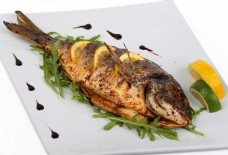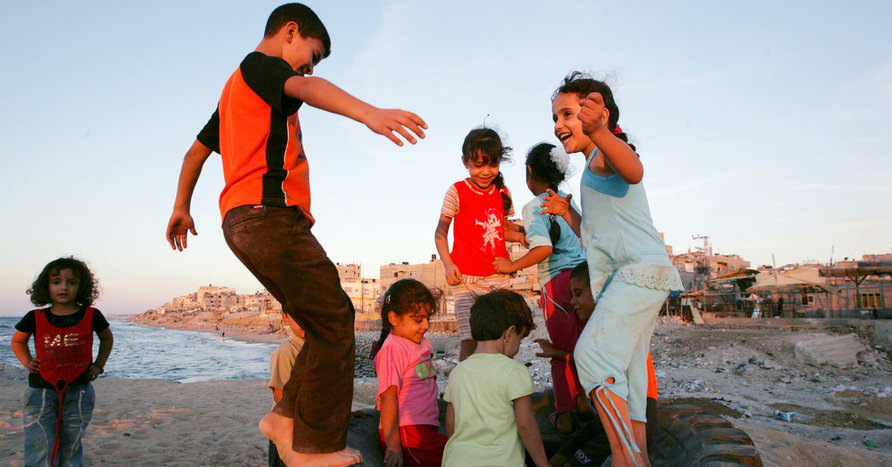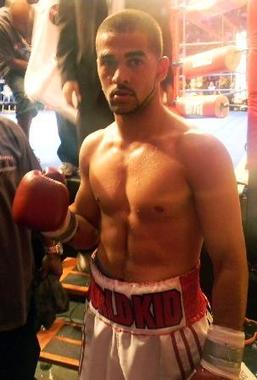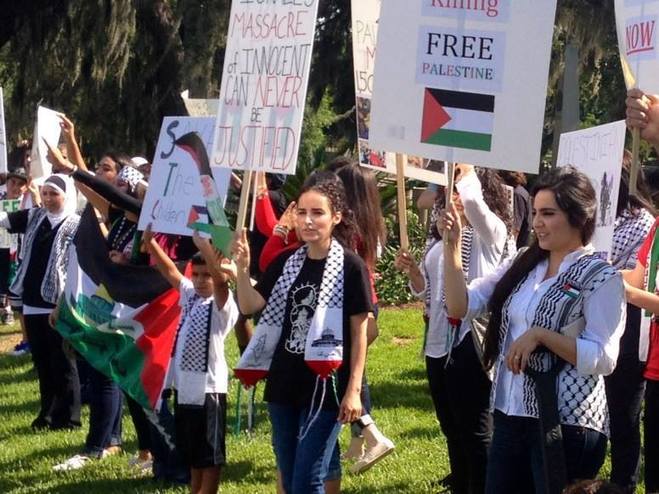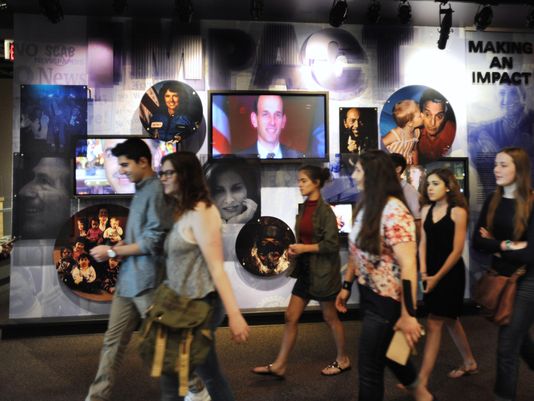
Michael Hodges
The Detroit News
When Dearborn’s Arab American National Museum opened in May 2005, it didn’t exactly look like a sure bet.
Start with the difficulties inherent in launching such a museum four years after 9/11, in an era of unprecedented hostility.
Add to that a minuscule budget, limited staff, and the challenge in representing people from 22 separate, and sometimes contentious, Arab states, and a skeptic might reasonably doubt the institution’s odds for long-term survival.
But the tiny museum, with a 2015 budget of $1.9 million — mostly raised from earned income, grants and donations — just wrapped up its 10th-anniversary year, and steps into the next decade punching way above its weight class.
“They’ve done incredible work,” said Juanita Moore, president and CEO of the Charles H. Wright Museum of African American History in Detroit. “I’m not sure the Detroit community understands what a significant presence they have not just in this area, but nationally as well.”
AANM has become a key cultural player in Metro Detroit, won coveted recognition from the Smithsonian Institution, and — perhaps most significant, given its mission — succeeded in attracting half its 2015 attendance of 52,189 from outside the Arab community.
Founding director Anan Ameri, who retired in 2013, counts that as the institution’s biggest win.
“Our success comes when a non-Arab walks in and says, ‘Oh, this is just like my story.’ ”
The museum, which grew out of a cultural arts program at ACCESS, the Arab-American social services agency in Dearborn, was one year into fundraising for its handsome Michigan Avenue building when the jets pierced the World Trade Center towers in 2001.
“Of course 9/11 made things worse,” Ameri said, “but there’s a silver lining in any disaster.
“In this case, it created more interest, I think, in Arab-Americans. There’s more curiosity now among people who are not biased — and there are a lot of them.”
Ironically, said Matthew Jaber Stiffler, AANM research and content manager, “Instead of being a setback, 9/11 galvanized the community.
“They realized there’s so much misinformation out there, we need a place that can serve as a beacon of knowledge.”
And while Arab-Americans often feel like targets, said museum Director Devon Akmon, “We’re not alone. Latinos also face pressures, sometimes worse than ours.”
Still, noted Ismael Ahmed, who helped found ACCESS, “The museum cannot win the battle for fairness and equality and an end to stereotyping by itself.”
Bridging communities
So the museum has consistently reached for programming that bridges communities.
Exhibitions like the current “What We Carried,” a photography show on what Iraqi and Syrian refugees chose to take with them when they fled, emphasize poignant family experience nearly everyone can understand.
Locally, the museum’s culinary walking tours of Dearborn restaurants and groceries are always fully booked, while its Concert of Colors, which kicks off July 14, is a longstanding summer high point attended last year by 50,000 at venues all across town.
That same multi-ethnic musical spirit continues once a month with the museum’s Global Fridays performances.
“Locally they’ve been great bridge builders,” said Moore, whose museum will host the kickoff performance of this year’s Concert of Colors.
“They’ve reached out to all sorts of different communities,” Moore added, “and have been unconventional and groundbreaking in the way they’ve looked at their mission.
“It’s served them and their community very well.”
The museum has garnered unusual national attention. AANM won accreditation from the American Alliance of Museums in record time and was chosen by the Smithsonian Institution to be an affiliate museum, a much-coveted honor.
Just how selective is that program?
“Let me put it this way,” said Harold Closter, who directs the affiliate program.
“There are over 18,000 museums in the United States. Only 210 are Smithsonian affiliates,” with whom the institution shares artifacts, exhibits and educational programming.
“From our perspective,” said Brett Egan, president of the DeVos Institute of Arts Management at the University of Maryland, which advises museums on best practices, “it’s the leading institution in the country representing the voice, traditions and aspirations of the Arab-American community.”
Egan ranks their community engagement programs in “the top tier of similar projects nationally. They’re a leading force not only in their field, but in putting artistic practice at center of the movement to create more vibrant communities.”
Touring nationally
Two AANM-curated shows, “Patriots & Peacemakers: Arab Americans in Service to Our Country” and the more recent “Little Syria,” are on national tours.
The latter, about a one-time Syrian community in Lower Manhattan near the site of the Twin Towers, will open at the Ellis Island National Museum of Immigration on Oct. 1.
The museum is in talks to take “Patriots & Peacemakers” to the Pentagon next year.
“By taking these stories and placing them in venues that are predominantly non-Arab,” said Akmon, “they get a whole new audience. And at the end of the day, that’s why we exist — to bring people together, and find those points of intersection that make us American.”
Source: www.detroitnews.com



